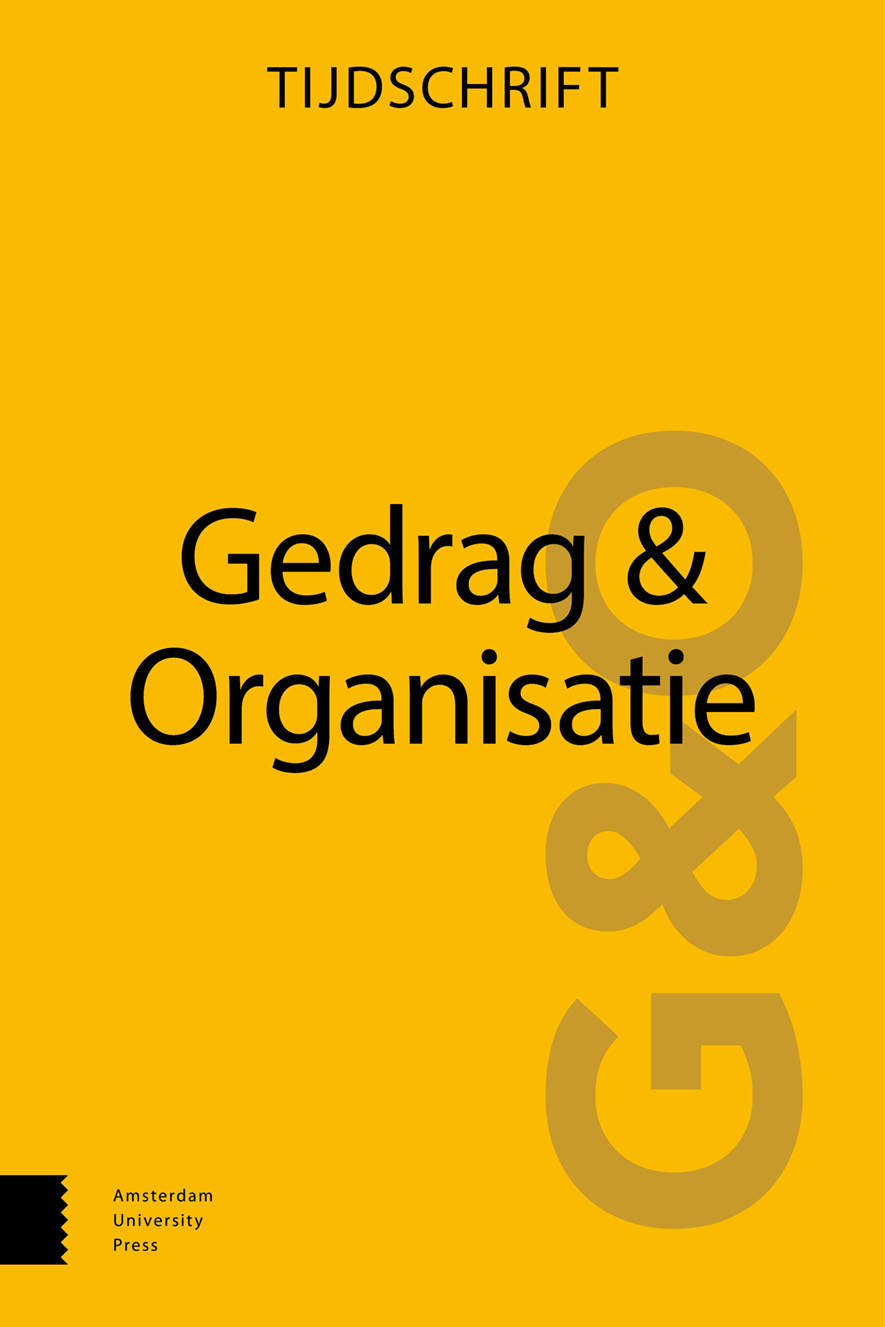
Full text loading...
 , Heleen Reinders-Messelink2
, Heleen Reinders-Messelink2 , Gonda Stallinga3
, Gonda Stallinga3 & Marco Mazereeuw4
& Marco Mazereeuw4
Voortdurend leren in de praktijk is noodzakelijk voor zorgprofessionals om goede up-to-date zorg te kunnen bieden. Om leren te faciliteren en in te bedden in het reguliere werk worden leernetwerken als veelbelovend beschouwd. Er is echter onvoldoende zicht op hoe specifiek vorm gegeven kan worden aan leernetwerken in zorgpraktijken en hoe zij bijdragen aan het leren persoonsgerichte zorg te verlenen. Deze studie is onderdeel van een ZonMw gesubsidieerd onderzoeksproject ‘LeerSaam Noord’, dat professionalisering van verpleegkundigen en verzorgenden wil versterken en persoonsgerichte zorg wil bevorderen. In dit artikel wordt beschreven hoe leren tijdens leernetwerkbijeenkomsten in vier verschillende zorgcontexten er concreet uitziet en wat daarbij succesfactoren zijn. Daartoe is een thematische analyse gedaan van 11 leernetwerkbijenkomsten in de beginfase van het project, waarin patiëntencasussen centraal stonden om te reflecteren op persoonsgericht handelen van zorgprofessionals. Van belang voor succesvol leren zijn met name veiligheid als gezamenlijke waarde, het leren stellen van verdiepende, reflectie oproepende vragen en het bespreken van ‘schurende’ casuïstiek waarin conflicterende belangen tussen de patiënt en de professional een rol spelen. Opvallend is dat er vooral sprake lijkt van een innerlijk conflict bij de professional zelf, tussen wat men als eigen regie van de patiënt beschouwt en de professionele verantwoordelijkheid.

Article metrics loading...

Full text loading...
References


Data & Media loading...

